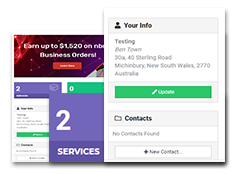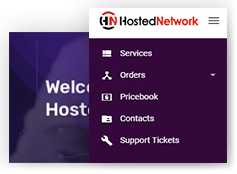In our previous blog, we’ve listed the usual mistakes that MSPs commit or can avoid (for some of you who read the piece in time) in achieving great levels of customer experience.
Now that you’re aware of the don’ts, let’s move forward to the do’s. Here are some of the proven ways in improving your customer experience and in providing greater value to your customers.
1. Ensure fast response times
You don’t always need to start on big branding points! While painting the big picture, make sure that you don’t neglect the most important area of your CX – communication. CX doesn’t always have to be grand, sometimes it’s simple as consistently communicating with your customers and backing all this with actions in the timeframe they expect.
2. Be transparent
Customers are not after how you fix the problem, they’re after the outcomes.
“We’re all white gloves. What the customer actually wants is a fast and accurate resolution to their problem – they don’t care how they get that – they want the result.”
James Warner, CEO at Invarosoft
Letting your customers be privy to your performance in terms of response and resolution times by giving them access to your RMM and ticketing metrics will help you keep a trustworthy relationship with them.
3. Hire Account Managers
Account management and selling are different. A salesperson focuses on the short term, AMs plans for the long term – they are the glue that holds the business and advocates the clients through delivering personal experience at scale and making sure all their needs are taken care of.
This is something salespersons can concentrate on as they are busier with generating new leads or new sales from your existing customers.
Hiring Account Managers, especially when you’re starting to grow, will ensure that all customers are well looked after no matter how hectic things become around in your MSP.
4. Ask the clients what they want and need
“When was the last time you asked your clients what they value?” and the amount of blank looks I get like, “I’ve never asked them that question.”
James Davis, Director of Academy ANZ at Pax8
The last thing you want to do is assume what your customers want, and provide recommendations based on your perspective alone. Strong relationships are reciprocal. In your case, always let the customers participate in the discussion about their ideal outcomes. Ask them what they value the most and what are the outcomes that they expect.
Don’t make assumptions. Go and ask the clients, and most importantly listen and back your feedback with the right actions.
5. Follow a process for customer journey
Simply speaking, the customer journey is the story of your customers from engagement to becoming an actual buyer, then a loyal customer or your brand evangelist moving forward.
It helps you visualise your MSP’s customer experience and how your customers interact with your business and ensures that you’re not missing out on the chance to connect to your customers at any stage.
These can be their frustrations when they can’t get in touch with your team or when they have to put up with long queues just to raise or follow up a ticket or some feedback on your newly launched partner portal – Is it user friendly? Why are they sending emails for support when they can create a ticket in the portal? Why’s no one using it?
It can also be their initial perceptions of your brand- Why do you have low website bounce rates? Why’s no one submitting a contact form?
Remember, if you know the pain points your prospects or customers have gone or going through, you can definitely work around them.
Get more tips on on how to elevate your CX with these related resources:
Blog: 10 ways to improve customer experience
MSPs in conversation: Enhancing your MSPs Customer Experience (CX)
 Contact us
Contact us  Partner Login
Partner Login  Service Status
Service Status 


 September 28, 2022
September 28, 2022
 Madeleane Abejero
Madeleane Abejero
 3 mins
3 mins